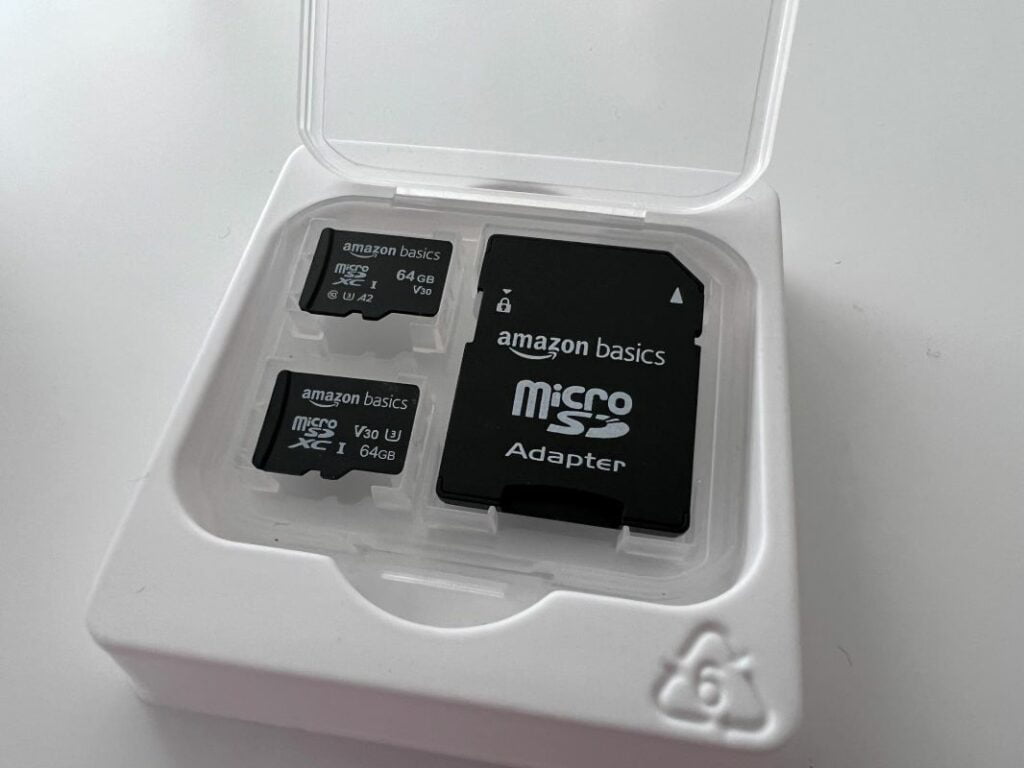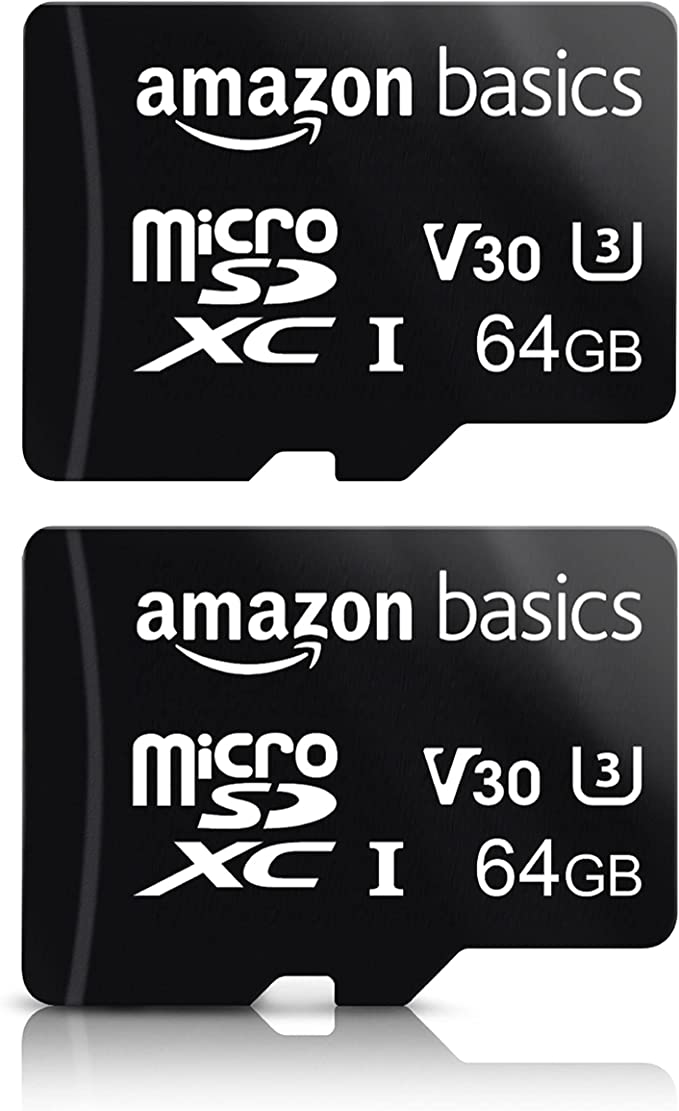Back in March, I set out to test over 20 microSD cards in a large range of Single Board Computers and now I’m back 1 year later to revisit the overall winner of those tests to find out, is the Amazon Basics microSD Card still worth it?
A few people commented at the time saying that the Amazon card was a new product and they’d perhaps pump out some good cards to build a reputation and slowly replace them with an inferior product. Well, did they? Are they still the best SD card for the Raspberry Pi?
Table of Contents
Who makes the Amazon Basics micro SD Card?
The original Amazon Basics microSD cards that I purchased from Amazon UK in December 2021 showed up with 63.29GB of usable capacity, were manufactured in October 2021, and were a Class 10, A2 U3 V30 rated card.
Since I purchased those initial 2, Amazon has added manufacturer information to the product page and stated that they’re manufactured by Longsys Electronics. Interestingly, Longsys purchased the well-regarded storage company Lexar back in 2017, so that would explain why we’re seeing such a decent product.
The September 2022 card was bought almost a year later and from a different store (Amazon DE) and it is indeed from a different batch with a slightly different design on the front. So, it’s another Class 10 A2 U3 V30-rated SD card but this time manufactured in March 2022 by Longsys.

Testing Process
To compare these Amazon Basics microSD Cards we’ll be using fio and ioping. fio will be used to test the read, write, random read, and random write speeds in MB/s and IOPS with fio --randrepeat=1 --ioengine=libaio --direct=1 --gtod_reduce=1 --name=test --filename=test --bs=4k --iodepth=64 --size=1G --readwrite=XXXX
For the disk latency, we’ll use ioping with ioping -c 100 .
Each fio test was run 5 times with the figure being the average of those 5 runs. ioping was told to take 100 measurements and the figure in the table is the average of these 100.
December ’21 (UK) Amazon Basics microSD Card
| Read | Write | Rand Read | Rand Write | IOPing | |
| Raspberry Pi 4 | 40.2 MB/s — 9815 IOPS | 26.4 MB/s — 6445 IOPS | 15.2 MB/s — 3706 IOPS | 5.37 MB/s — 1312 IOPS | 0.84 ms |
| BananaPi M5 | 67.9 MB/s — 16587 IOPS | 33.6 MB/s — 8199.73 IOPS | 14.2 MB/s — 3464 IOPS | 5.19 MB/s — 1266 IOPS | 0.88 ms |
September ’22 (DE) Amazon Basics microSD Card
| Read | Write | Rand Read | Rand Write | IOPing | |
| Raspberry Pi 4 | 40 MB/s — 9776 IOPS | 26.3 MB/s — 6426 IOPS | 15.5 MB/s — 3775 IOPS | 5.34 MB/s — 1305 IOPS | 0.87 ms |
| BananaPi M5 | 61.2 MB/s — 14900 IOPS | 35.7 MB/s — 8711 IOPS | 14.5 MB/s — 3533 IOPS | 5.15 MB/s — 1259 IOPS | 0.89 ms |
November ’25 (SE) Amazon Basics microSD Card
As an update for 2025, I ordered a new pack of 2 from Amazon Sweden and I can confirm that we’re still getting the same performance and underlying brand from the Amazon Basics microSD cards!
No Chart Data Available
No benchmark data is available for FIO storage performance.
Is the Amazon Basics microSD Card Still Worth It?
Based on what I’ve seen here, yes, I do think the Amazon Basics microSD card is still worth it, at least in this 64GB 2-pack. If you’re looking at performance alone that is. In terms of cost, however, it has increased quite substantially since its introduction to the market (though what hasn’t increased in cost in the last year?) which means other cards may fare similarly when put up against each other.
For example, back in December 2021, I paid £12.49 GBP for the 2 64GB microSD cards, they are now almost 25% more expensive at £15.99 on Amazon UK. The pack purchased from Amazon DE came in at £21.04 GBP when converted from the €EUR exchange rate on the day of publishing. Just over £10 per card isn’t bad for the performance you get though so I’d definitely still be considering it if I was looking for a card for Single Board Computer use.
Finally, I’ve not performed any long-term testing on my original cards but I have had one running in a warm Raspberry Pi Zero 2 with an ADS-B receiver for the best part of 10 months and it’s not died on me yet if that counts for anything.
Maybe I’ll be back in another year to see if they’re still sending out cards from the same batch.

| Pros | Cons |
| Still just as performant | More expensive than 1 year ago |
| Good value for a 2-pack | No long term endurance data |
| Made by a quality manufacturer | |
| Buy Now on Amazon |